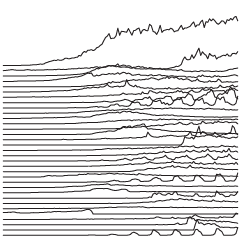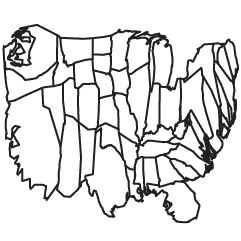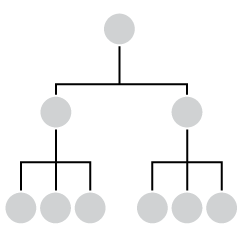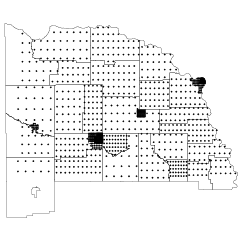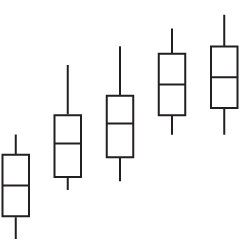Drew Harwell, reporting for the Washington Post:
Artificial intelligence tools are not just reshaping how we work, learn and live. They’re also changing what happens after we die, as families and funeral homes seek help in creating tributes and eulogies to define a loved one’s life.
Funeral directors are increasingly asking the relatives of the deceased whether they would prefer for AI to write the obituary, rather than take on the task themselves. Josh McQueen, the vice president of marketing and product for the funeral-home management software Passare, said its AI tool has written tens of thousands of obituaries nationwide in the past few years.
Call me old-fashioned, but I’d rather have a poorly-written, incomplete obituary from a loved one than a pristine-looking convergence of words from a machine.




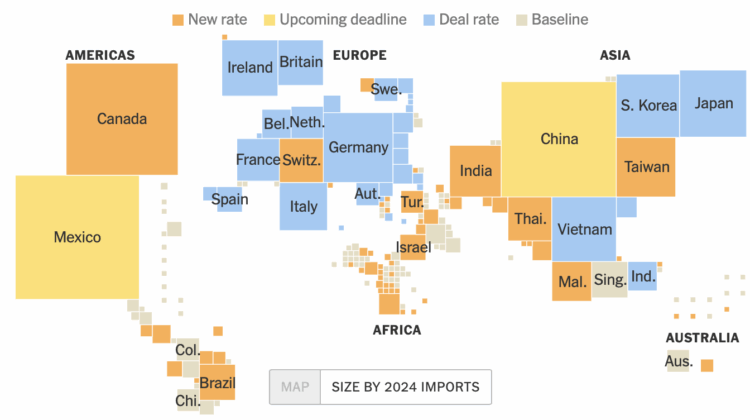
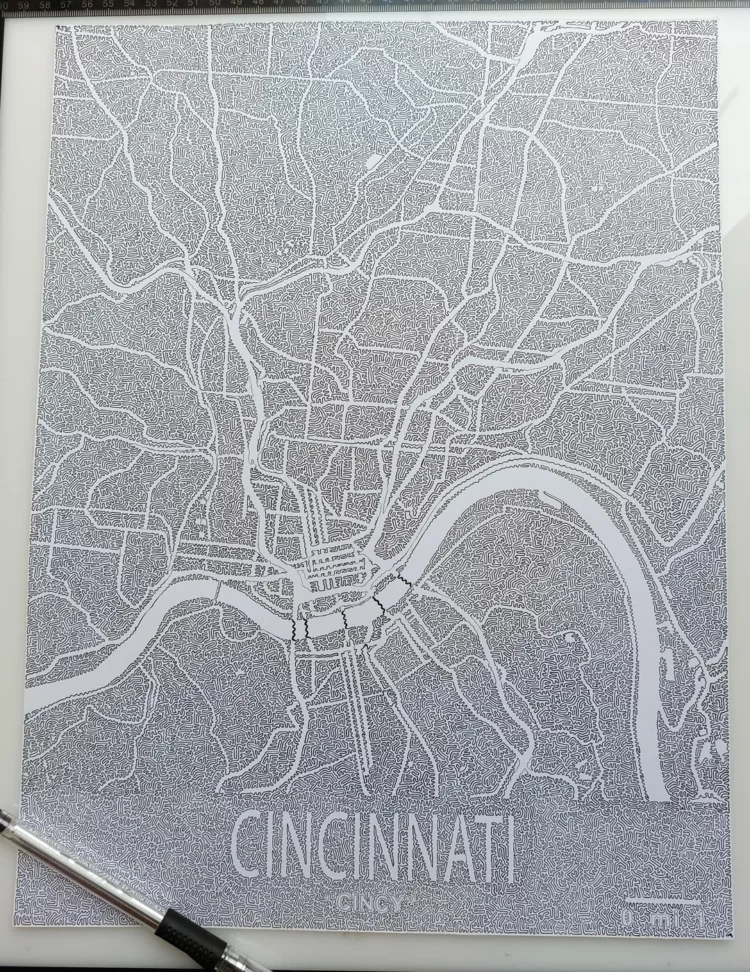

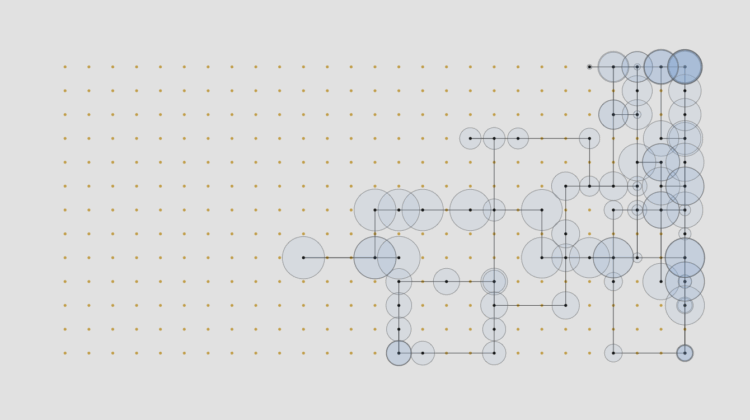
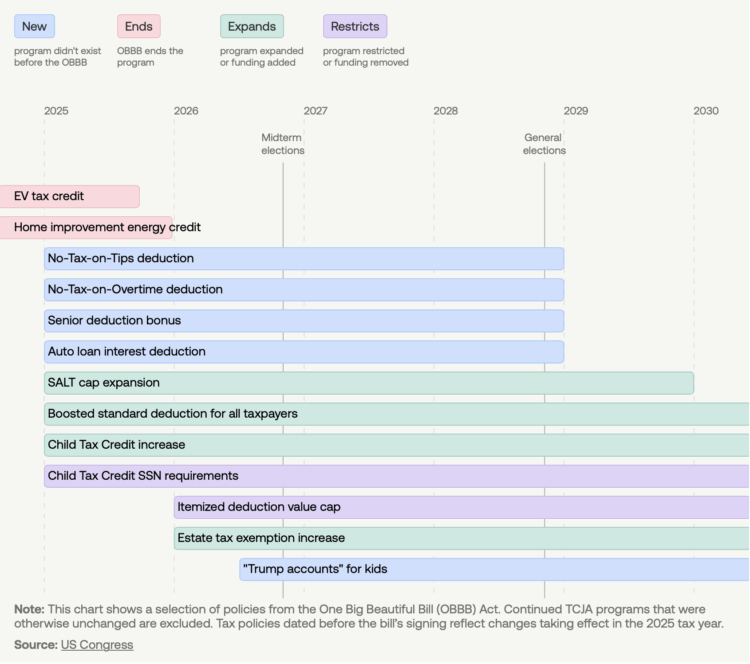
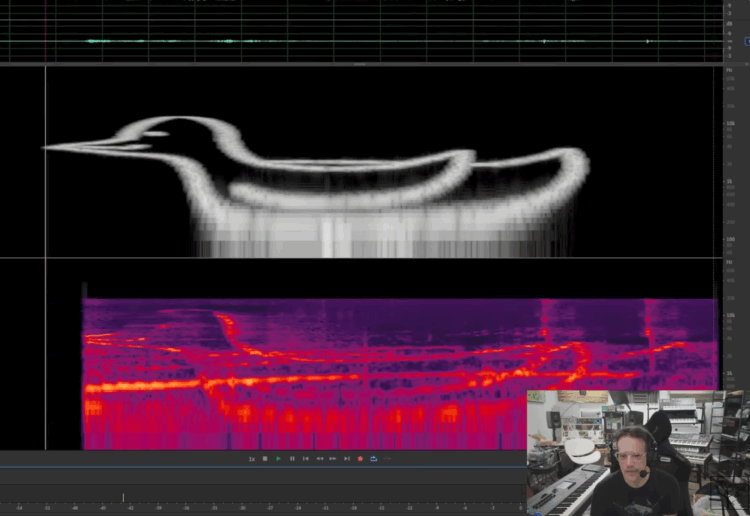
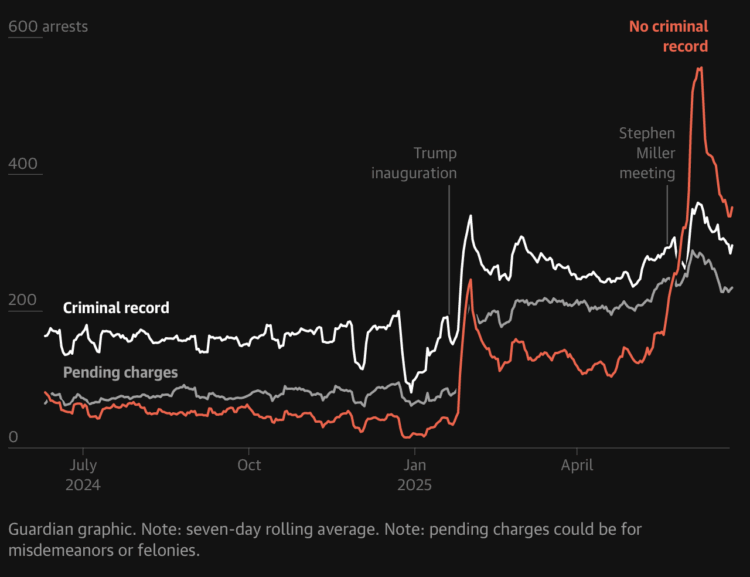
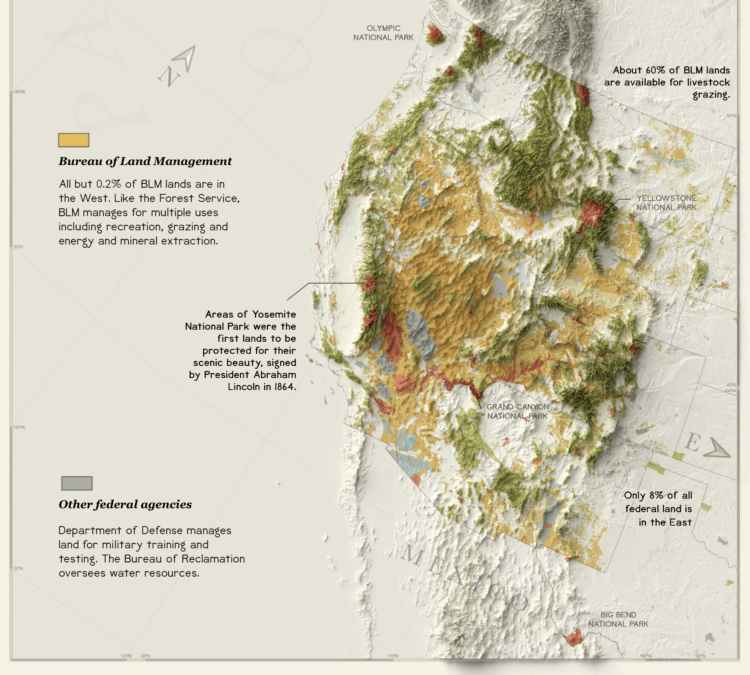
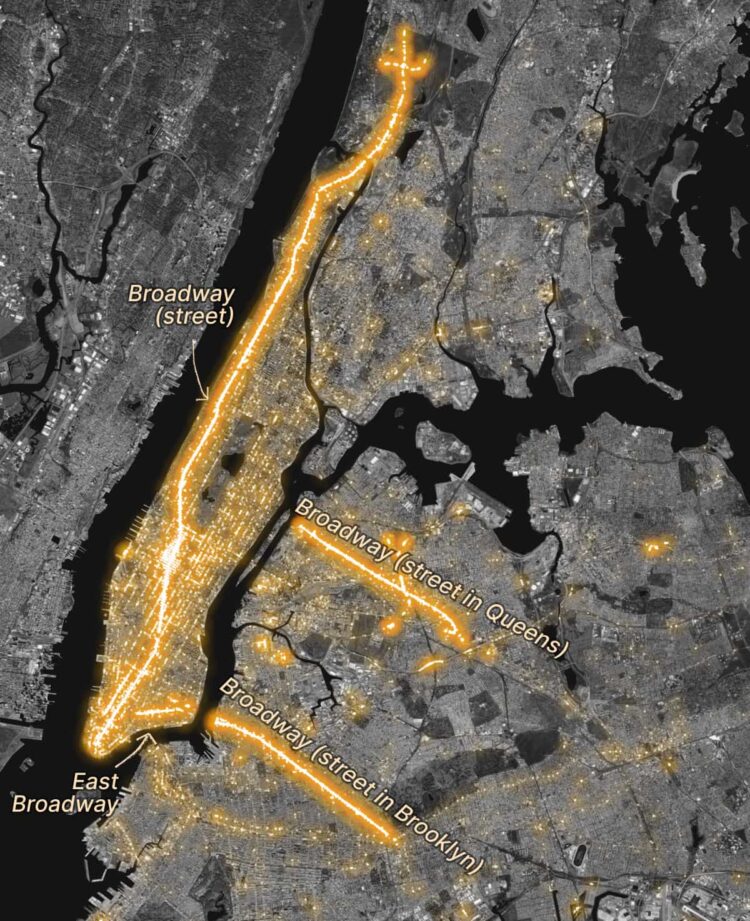
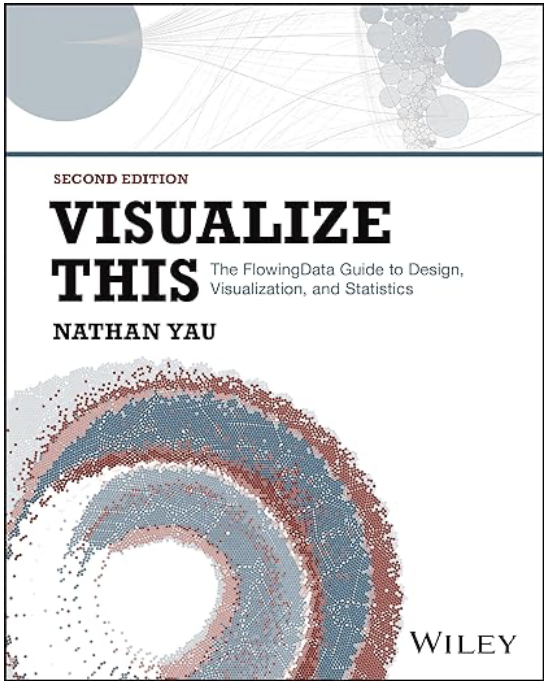 Visualize This: The FlowingData Guide to Design, Visualization, and Statistics (2nd Edition)
Visualize This: The FlowingData Guide to Design, Visualization, and Statistics (2nd Edition)




